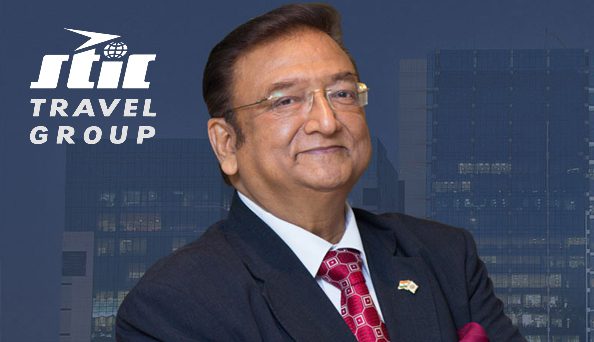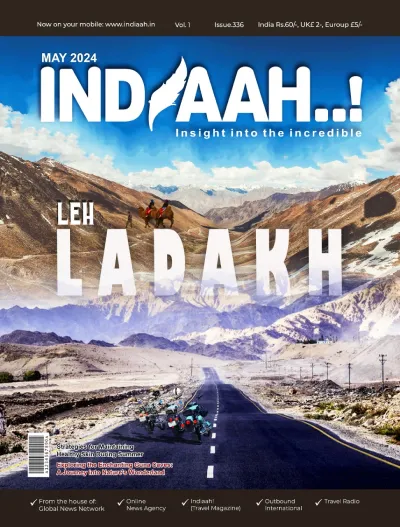
Tourism is more than an industry—it is a national movement. It reflects not just the beauty of our monuments or the diversity of our landscapes, but the strength of our connectivity, the ease of our systems, and the power of our policies. As someone who has been deeply invested in the travel and aviation sectors for decades, I strongly believe this is a defining moment for Indian tourism—and we must not miss the flight.
One of our most urgent needs is aviation reform. Air connectivity is the oxygen of tourism. While domestic aviation has seen remarkable growth, international capacity remains constrained. With limited foreign airline slots and reciprocity rules slowing down inbound opportunities, we are seeing the cost of air travel skyrocket. A route that once cost ₹70,000 is now upwards of ₹1.5 lakh. This is not sustainable for either tourists or the industry. We must move beyond protectionist mindsets. Countries like Dubai and Singapore grew their tourism economies not by restricting access—but by opening their skies fearlessly.
The solution lies in embracing a liberal Open Sky Policy, particularly for routes with strong inbound potential. We don’t just need more aircraft—we need more ambition.
Another area where we are falling short is in our promotional outreach. Tourism cannot thrive in silence. It needs voice, visibility, and vibrancy. Years ago, campaigns like Incredible India positioned us powerfully on the global map. Today, as regional competitors pour money into destination marketing, our promotional budget has shrunk dramatically. How can we expect inbound travellers to choose India if we are not even in the conversation?
From a peak of several hundred crores, we are now looking at allocations that can barely support one small roadshow abroad. This needs urgent correction. The government must recognize that tourism is not an expense—it is an investment with exponential returns, creating jobs, uplifting infrastructure, and enhancing global perception.
Taxation, too, remains a thorn in the path. High GST on tourism services, coupled with expensive airport charges, makes India an expensive proposition for inbound tourists. If we want to compete with Southeast Asia, we must look at tax rationalization and capacity building—particularly in charter flights, tier-2 airports, and last-mile connectivity.
I also believe it’s time for a comprehensive national tourism vision, cutting across ministries—aviation, railways, roadways, and external affairs—working in sync with the tourism ministry. Tourism is not just the responsibility of one department. It is the shared vision of the entire governance framework.
Finally, the private sector must be treated as a strategic partner, not merely a stakeholder. India’s travel trade is highly evolved, digitally empowered, and globally connected. We need public–private synergy in every area—product development, marketing, skill-building, and crisis management.
Tourism is India’s soft power. If we align our policies, infrastructure, and communication with a unified intent, there is no reason why India should not be among the top three most visited countries in the world.
Let’s stop treating tourism as a seasonal headline—and start building it as a year-round national priority.

